It’s a sweaty climb up the steep valley that rises eastwards from Nyaung Shwe.
The town of tour buses and hostels is at the northern tip of Inle Lake, 900m above sea level in Myanmar’s northeastern Shan State. As we make our way up the dirt path, enclosed on both sides by walls of ripe sugar cane, we regularly pause to look back at the narrow stretch of silvery water, extending 17km north to south and sat within an amphitheatre of dark green hills.
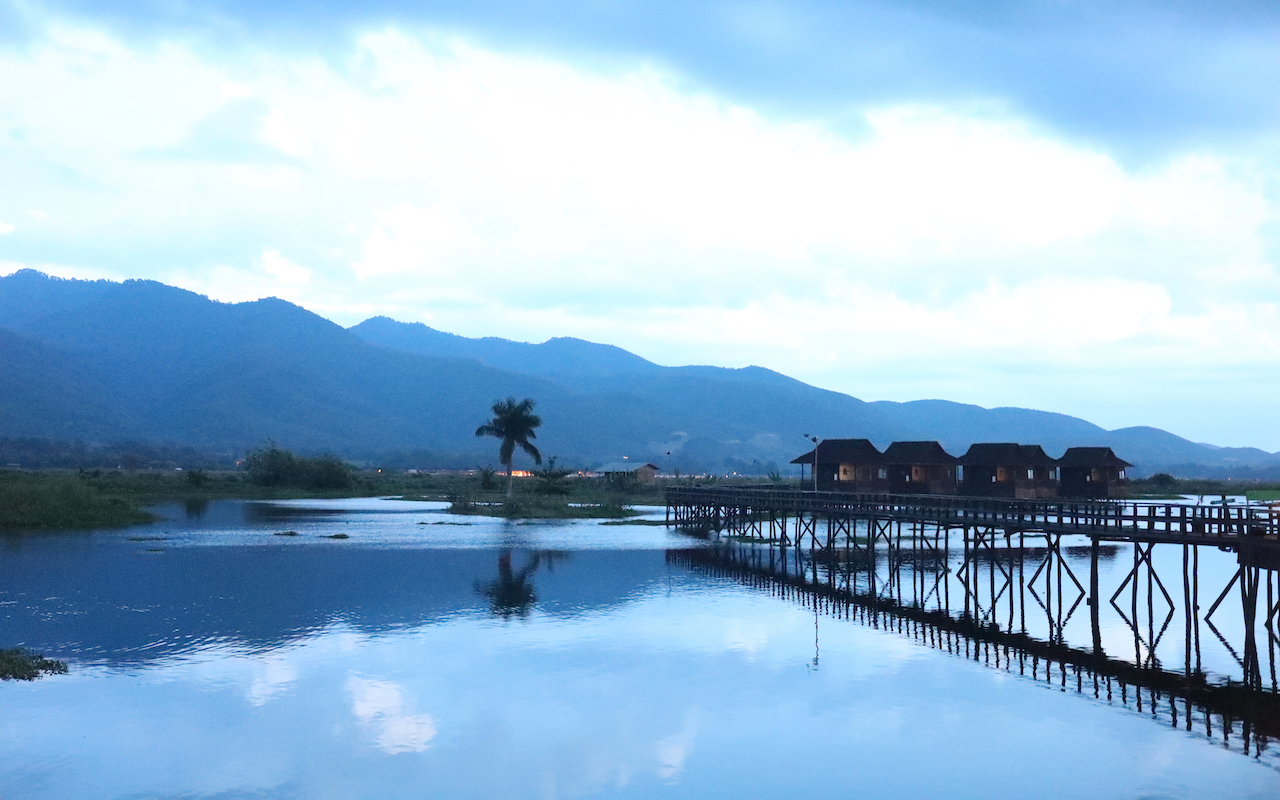
We are at the start of our trek through the hills of southern Shan State, and I am already humbled by the beauty of the scene laid out before us. Though we will often rise to the hilltops, our path over the next four days will follow the waters of Inle Lake as they flow southwards, emptying into a river that runs for 30km further south to Samkar Lake, which then feeds into Pekon Lake, at the bottom of the state.
Khiri Travel Myanmar, founded in 2011 as the Yangon branch of a Southeast Asian-focused company headquartered in Bangkok, introduced this new route. Called the Three Lakes trek, the package tour launched in September 2019 and takes visitors beyond the attractions of Inle, already a familiar stop on the Southeast Asian travel circuit.
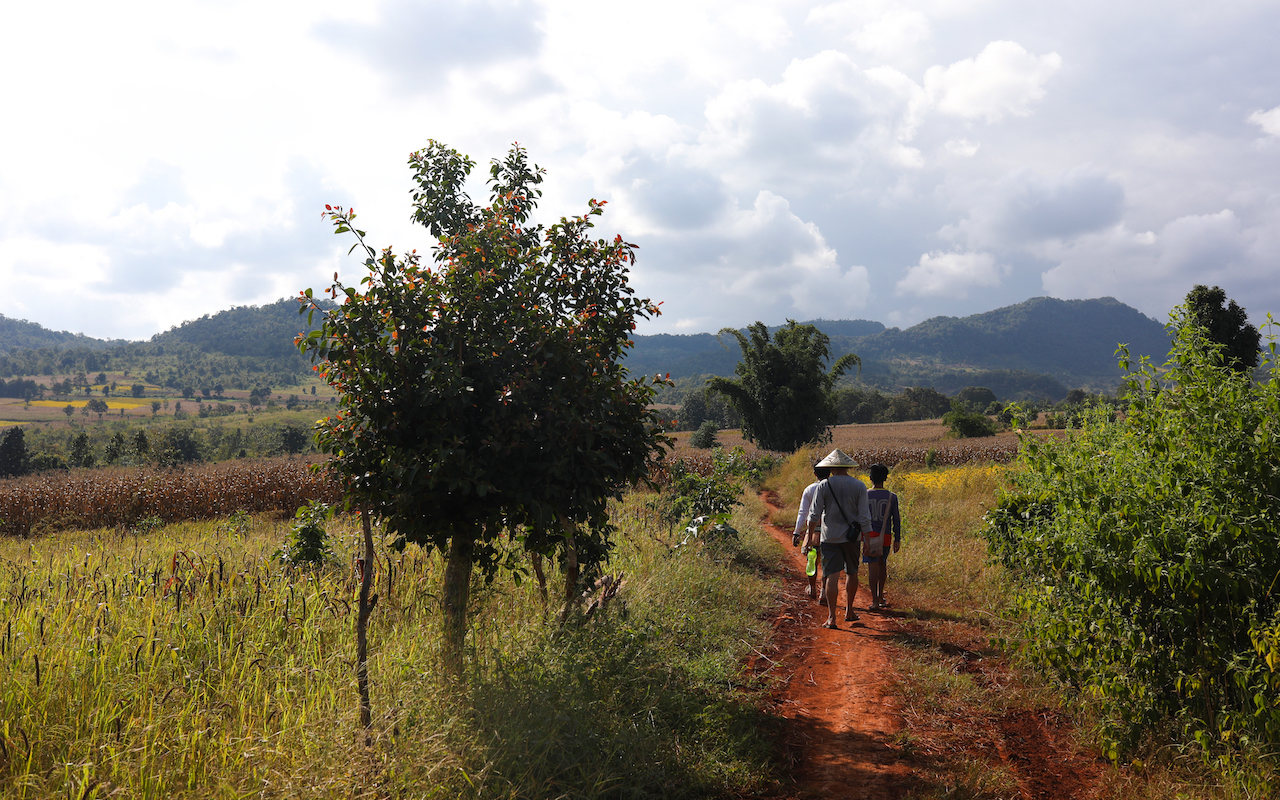
Day hikes up the slopes of the valley from Inle have been organised for years, and a popular route runs between Nyaung Shwe and Kalaw, about 50km to the west. But Khiri’s trip goes south to hill and lakeside settlements where small-scale tourism initiatives – including homestays and guided walks managed by local communities – have only recently started.
Except for short periods spent puttering along the southern reaches of Inle in a motorised wooden canoe, I don’t see another tourist.
This newly devised route involves walking and boating, and can be done over four days. Each day involves five to seven hours of hiking, including breaks at villages, with about 70km covered by foot in total. Luggage is carried separately to the accommodation. This, together with the option of cutting walks short by hopping on the motorised canoe, makes the journey feel more like a holiday than an expedition, and suited to varying levels of fitness.
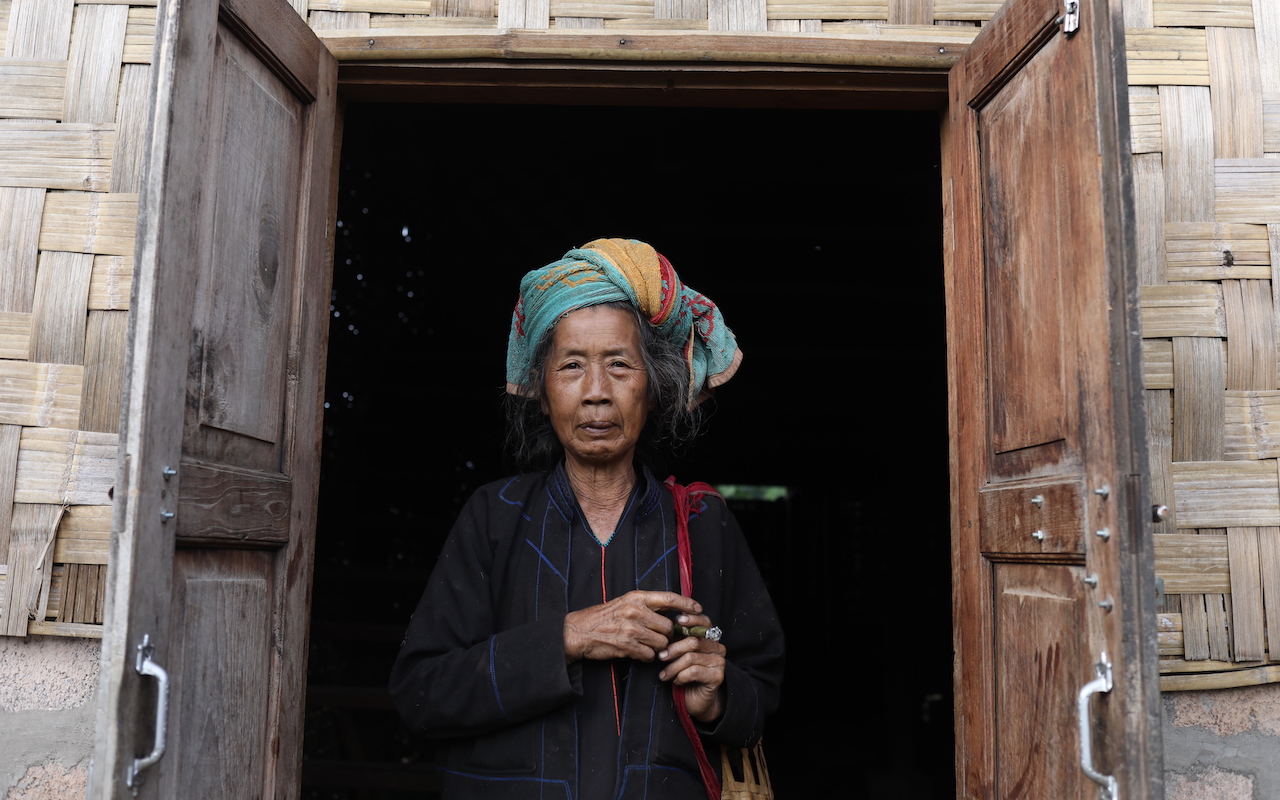
I feel my own fitness being tested as we rise further up the valley on the first afternoon of the trek, my breath becoming short. Leaving the sugar cane behind, we ascend through fields of maize and then cordia – a plant whose flat green leaves are baked to make wrappers for cheroots, traditional Myanmar cigars.
The sky is darkening as we enter the village of Loi Kaw, a settlement of wooden farmsteads strung along a forested ridge. We sit in the bamboo-thatch home of a man named U Kyaw Khin, while he places cordia leaves for baking on a wood-fired stove. Deprived of mobile internet, our phones stay silent, the ground floor room lit by a bulb rigged up to a car battery. Loi Kaw, like most settlements in rural Myanmar, is not connected to the national electricity grid, and is only reachable by dirt tracks. However, in the story Kyaw Khin recounts, the village has not been spared the upheavals of modern Myanmar.
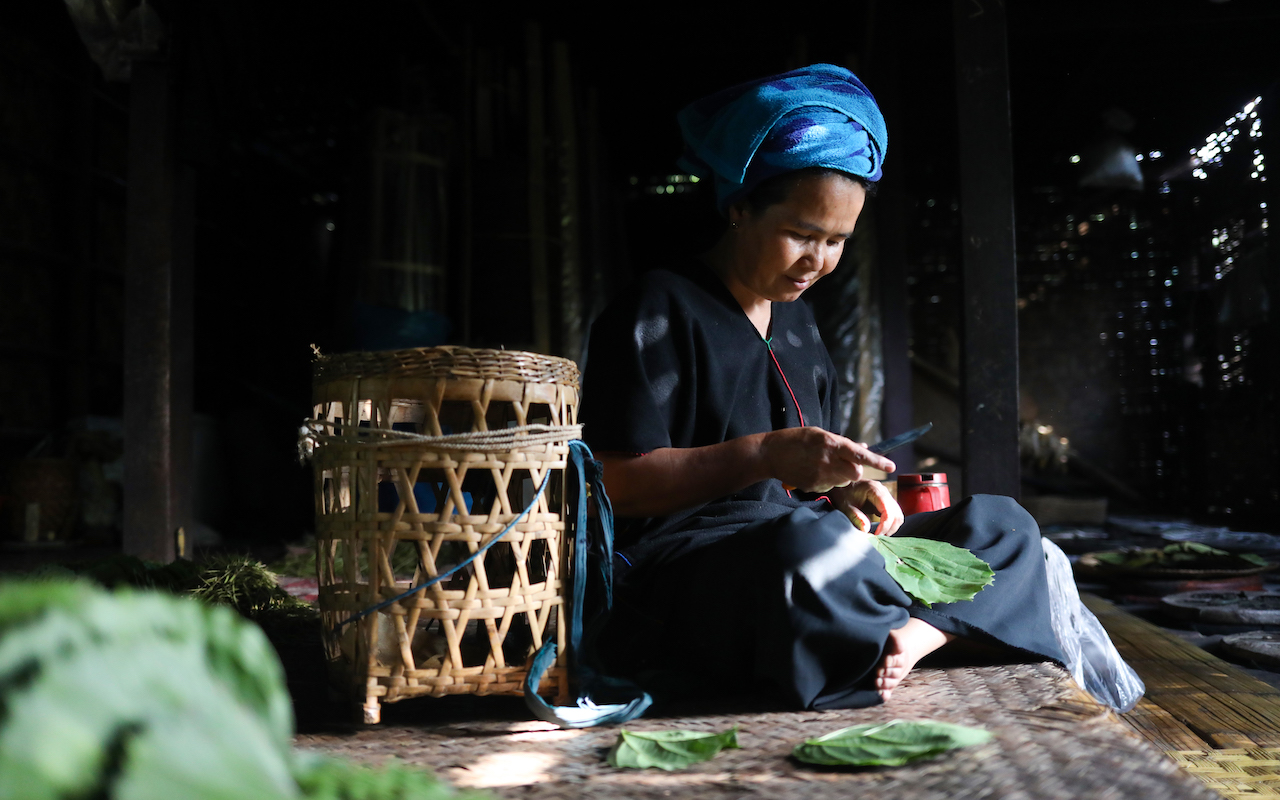
The 45-year-old farmer says the notorious demonetisation of Myanmar’s currency, the kyat, in 1987 dispossessed some people in the village. On 5 September of that year, then-dictator General Ne Win suddenly declared 25, 35 and 75 kyat notes to be worthless, voiding most of the cash in circulation. Kyaw Khin says a group of wily men in the capital city were tipped off in advance about the demonetisation and set off to rural villages, including Loi Kaw, where they bought up farmland in exchange for wads of cash that quickly became worthless.
“No use dwelling on the past,” Kyaw Khin says, almost cheerfully, though he has told us this sad story unprompted. With a good income from cordia leaves, the village has not only survived but even thrived, he adds.
“There is no need for fences or signposts… everyone respects informal boundaries”
In the course of the four-day trek, I meet many people who, like Kyaw Khin, are eager to talk about their lives. Some of these stories are happy, many are sad, but all speak of communities who retain a firm pride in their hugely diverse and distinct cultural identities. Though Shan State is named after the majority ethnic group and former rulers of the territory, a trek through the hills abutting Inle takes you through an ethnic mosaic in which the Shan form only a small part.
In Loi Kaw, we are among the Pa-O, who have traditionally occupied the hilltops in southern Shan. The ethnic group is known for their navy blue jackets and trousers, and turbans streaked with vivid colours. They have traditionally practised a form of rotational agriculture known as taungya. However, this has declined in recent decades as Pa-O have turned to cash crops such as corn and tobacco, or have moved downhill to grow rice.
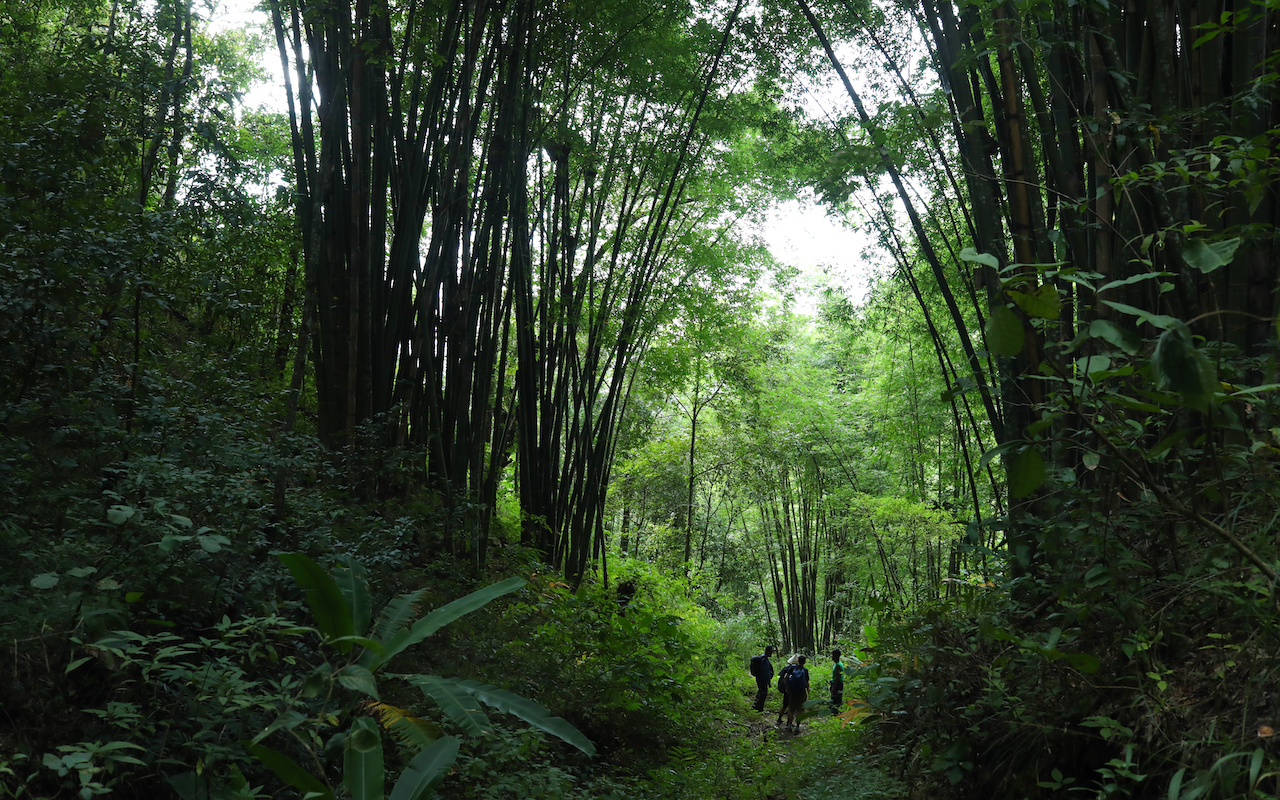
The second day’s walk takes us over a grassy plateau and back down towards the shore of Inle Lake, where we spend the night. Our guide throughout the trek is U Naung Naung Tun, a Nyaung Shwe local, but on this second day, we have an additional guide from the Pa-O community, 51-year-old Ko Pan Swe. Knowing the hills well, he takes us on a shortcut down to the lake. The steep path is hemmed in by dense, tall grass that sometimes gives way to orchards of clementine, lemon and avocado trees.
Pan Swe points to one orchard belonging to his family, which is hard to distinguish from the others. He explains that there is no need for fences, signposts or even land titles; everyone in the community knows whose orchard is whose, and respects the informal boundaries.
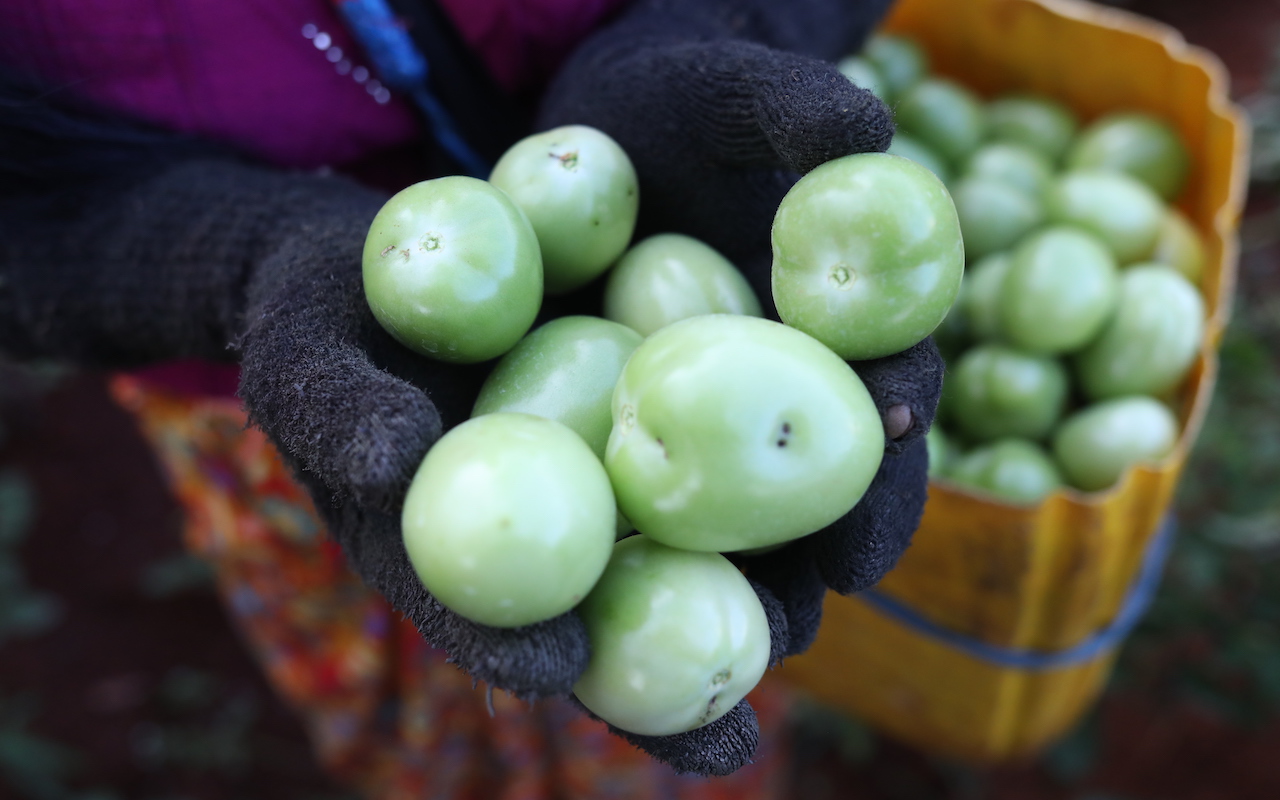
Our hotel on the second night, Golden Island Cottages, extends on stilts over the lake. My room looks out over the largely still expanse of water, whose surface is streaked with the lake’s famous “floating gardens”. On these patches of algae dredged from the lake’s floor, local farmers train tomato vines up bamboo poles, producing a bounty of fruit that is sold across Myanmar. These cultivators, and most communities living on stilted houses on the lake or on its shore, belong to the Intha ethnic group, whose name means “sons of the lake”.
On our third day, we cross the lake to the western shore. We walk through forests of tall, arching bamboo that occasionally open onto sections of the Balu Chaung River where Intha boys bathe their buffaloes.
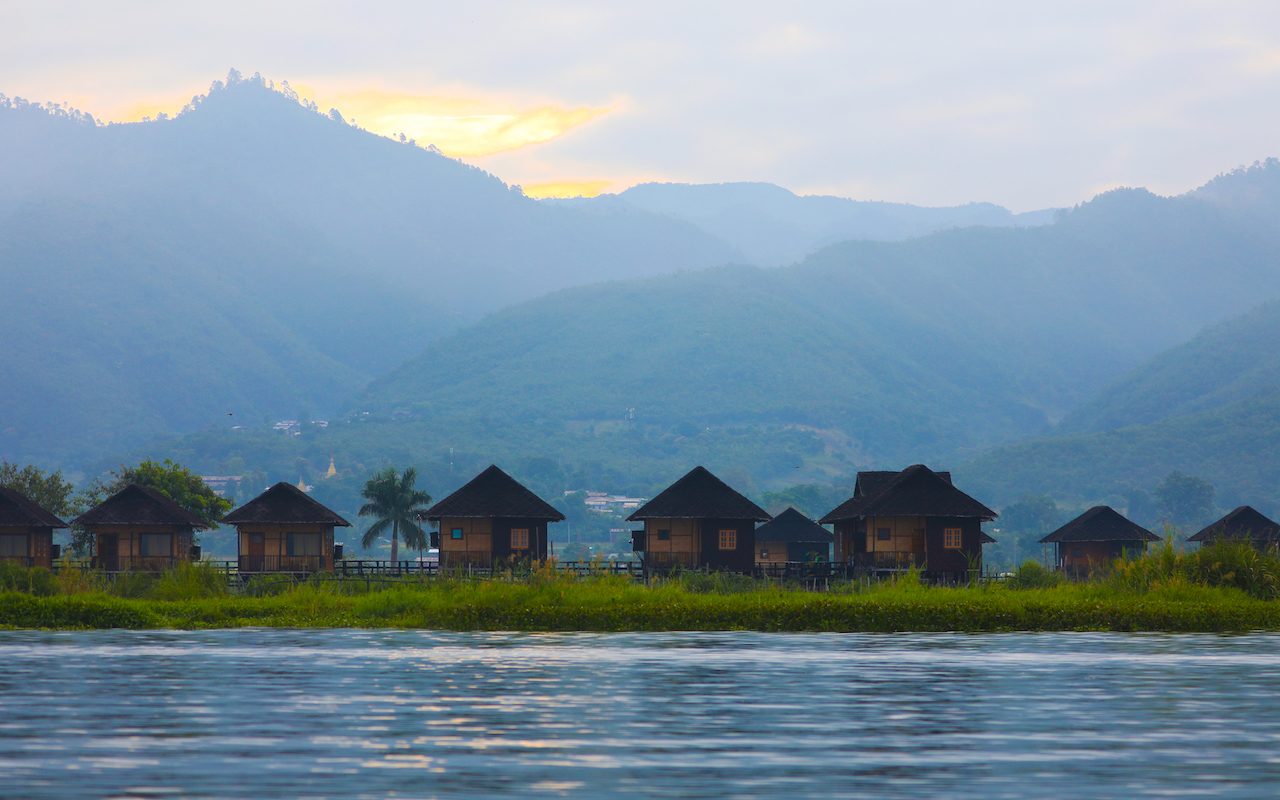
Walking parallel to the river, we pass villages where communities of Pa-O, Intha and Shan live close together, and are often in flux. In the village of Taung To, meaning “little mountain” in Burmese, a turbaned Pa-O woman tells us her ethnic community has lived in the village for at least four generations. However, 35-year-old Ma Lar Shwe says some Pa-O families have moved closer to the river over the last 20 years to take advantage of the irrigation it offers, thereby mingling with the riverside Intha community. Lar Shwe shares how the Pa-O have begun to adopt Intha words and forms of dress.
When we reach the tip of Samkar Lake, we re-board our boat, which takes us the short distance to a village with a wooden, slant-roofed hotel built like a traditional Shan aristocratic home. Here, at Little Lodge Samkar, we spend our last night.
Exploring Samkar village the next morning in the milky dawn light, we stumble across a cluster of stupas in the elongated Shan style, floral arabesques and dancing ogres carved into their sides. These stupas are remnants from a small Shan principality, Samka, which was absorbed into Shan State when Myanmar became independent in 1948. Samkar’s old centre was flooded in 1963 when Samkar Lake was formed artificially by the Lawpita hydropower project.
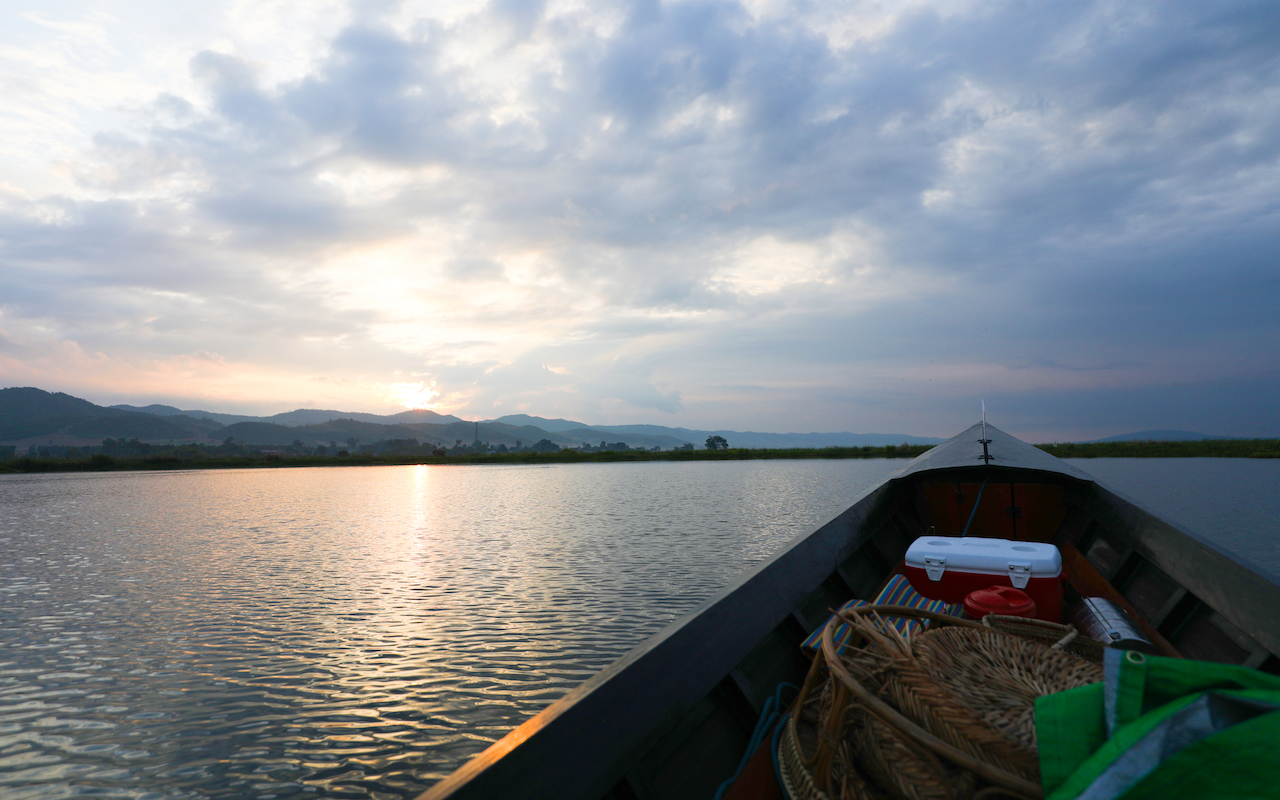
We begin our fourth and final day by taking a boat over the drowned kingdom, passing the stilt houses of a fishing community called Myo Haung where we meet an Intha woman picking fork-tailed carp and catfish from a fishing net slung over a bamboo pole.
Ma Ngwe Soe, 29, says her grandparents lived on the same spot, back when their house was on the banks of the Balu Chaung River, before it swelled to form the lake with the building of the hydropower dam. Rather than flee to the shore like other families, they decided to stay, living over the newly formed lake on stilts. “We are water people, not land people,” she explains.
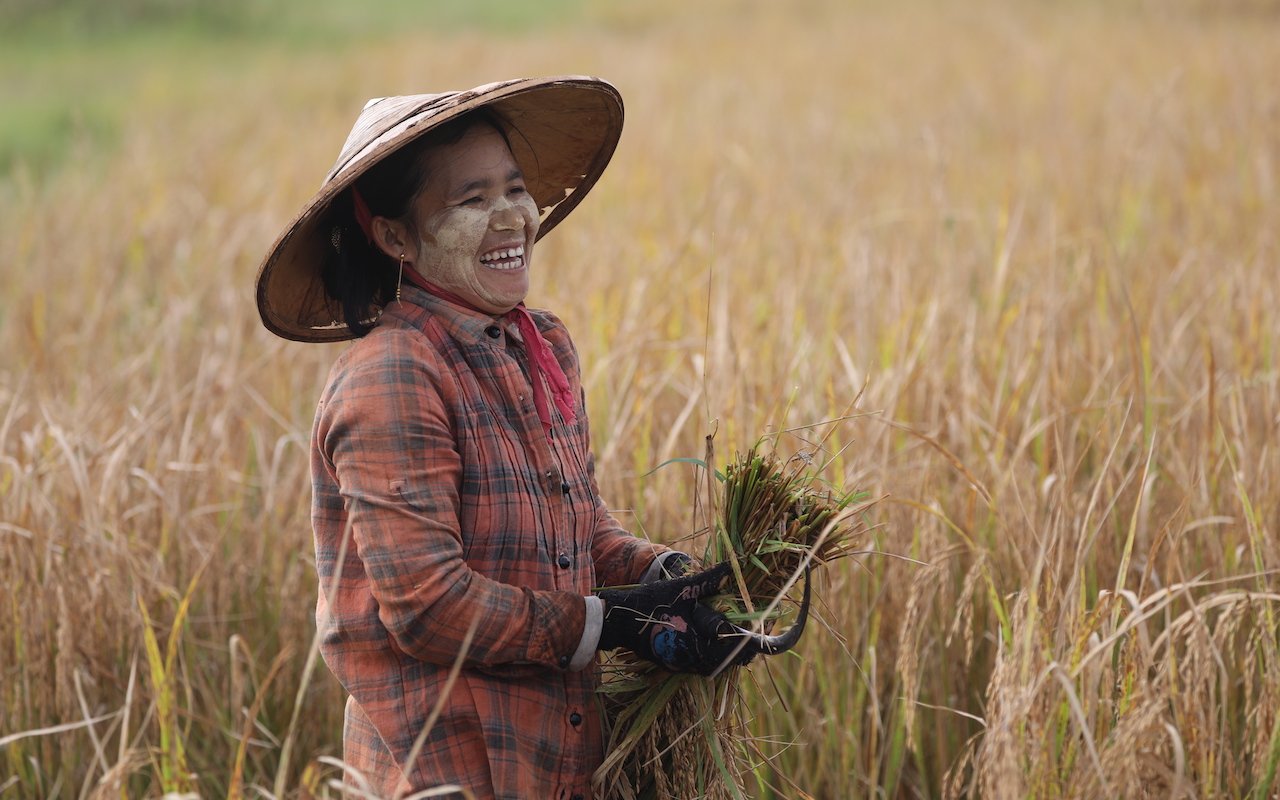
After reaching firm ground on the western bank of Samkar, we walk past rice fields ready for harvest. Two hours of walking later, we are back on the boat, motoring to a point further down on the eastern bank of the lake. Here, a short climb takes us to the village of Loi Nwe where we stop for lunch. From there, we take our final ride in the boat, across the northern end of Pekon Lake.
At the jetty for Pekon town, the boat docks, marking the end of our four-day journey. I look back on the rippling blue surface of Pekon Lake, which extends to a horizon of mountains.
Despite the natural beauty that surrounds us, I feel the more meaningful journey has been not through the physical landscape but the largely unmapped terrain of stories told by the diverse people of the area. Those who take the trek for the scenery will likely remember it most for the human encounters.
3 must-try Shan State dishes
1. Shan noodles
This quintessential breakfast food is served in two forms – as byouq, a noodle soup, or as thouq, a dry noodle salad – and layered with ground chicken or pork cooked in tomatoes.
2. Hin htouq
These steamed lumps of rice flour and meat wrapped in banana leaves are traditionally served at community gatherings and festivals, and are cooked with particular flair by the Intha people of Inle Lake.
3. Shan tofu
This no-frills snack, often served as a side dish to a Shan meal, consists of deep-fried squares of chickpea flour accompanied by a moreish spicy-sour tamarind sauce.
Book your trip
The four-day Three Lakes trek in southern Shan State can be booked in Singapore through Blue Sky Escapes, whose operating partner in Myanmar is Khiri Travel, which does not receive bookings directly. Contact Blue Sky Escapes at ask@blueskyescapes.co.
SilkAir flies three times weekly between Singapore and Mandalay. To book a flight, visit singaporeair.com
SEE ALSO: How young dancers are reviving a traditional art form in Mandalay
This article originally appeared in the January 2020 issue of Silkwinds magazine
The post Exploring the untold stories of diverse cultures along Inle Lake appeared first on SilverKris.
from SilverKris
No comments:
Post a Comment